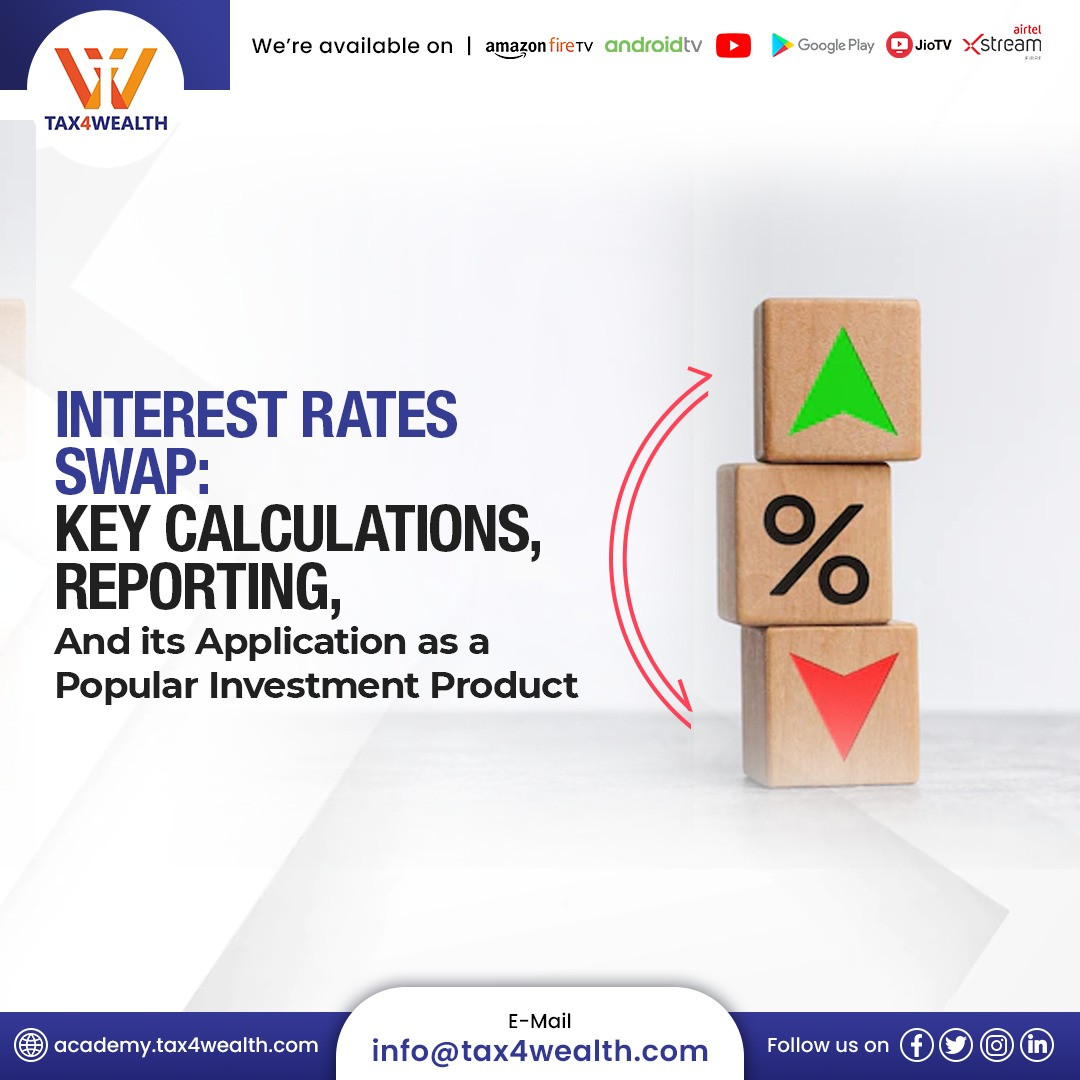
Interest Rates Swap: Key Calculations, Reporting, and its Application as a Popular Investment Product
exchange interest payments on a notional principal amount. One party agrees to pay a fixed interest rate while the other party agrees to pay a floating interest rate. The purpose of the swap is to allow each party to manage their interest rate risk by exchanging payment streams.
1. Key Calculations Related to Interest Rate Swap:
The key calculations involved in an interest rate swap include:
Present value calculation: This involves calculating the present value of the cash flows of the swap using the appropriate discount rate.
Interest rate calculation: This involves calculating the floating interest rate based on a benchmark rate such as LIBOR or EURIBOR.
Mark-to-market calculation: This involves calculating the value of the swap at a given point in time based on the current interest rates.
2. How Does Reporting for Interest Rate Swap Work?
Interest rate swaps are typically reported in financial statements as either a liability or an asset depending on the current market value of the swap. If the swap has a positive market value, it will be reported as an asset, and if it has a negative market value, it will be reported as a liability.
Interest rate swap rates in India are typically reported through various sources, including:
The Reserve Bank of India (RBI): The RBI publishes various interest rate benchmarks, including the Mumbai Interbank Offer Rate (MIBOR) and the Overnight Indexed Swap (OIS) rates, which are commonly used in interest rate swap transactions in India.
Financial news websites: Financial news websites report on interest rate swap rates in India, including the latest market movements and trends.
Market data providers: Market data providers offer interest rate swap rate data and analytics for investors and financial institutions trading in the Indian market.
Indian Clearing Corporation Limited (ICCL): The ICCL is a clearinghouse for financial derivatives in India, including interest rate swaps, providing real-time data on interest rate swap rates in the Indian market.
Commercial banks: Commercial banks in India also offer interest rate swap services to their clients and may provide market insights and data on interest rate swap rates.
3. Application as a Popular Investment Product
Interest rate swaps are commonly used by investors and financial institutions as a way to manage interest rate risk or speculate on interest rate movements. They are often used in conjunction with other financial products such as bonds, options, and futures to create complex investment strategies. Additionally, interest rate swaps can be used to customize the payment stream of debt instruments to match the needs of investors. For example, a company may issue a bond with a fixed interest rate and use an interest rate swap to convert the fixed rate into a floating rate to better match the company's cash flows. Overall, interest rate swaps offer a flexible and customizable way for investors and institutions to manage their interest rate exposure.
For more information, Visit us at: https://academy.tax4wealth.com/
Related News
No comments yet, Be the first to comment.













